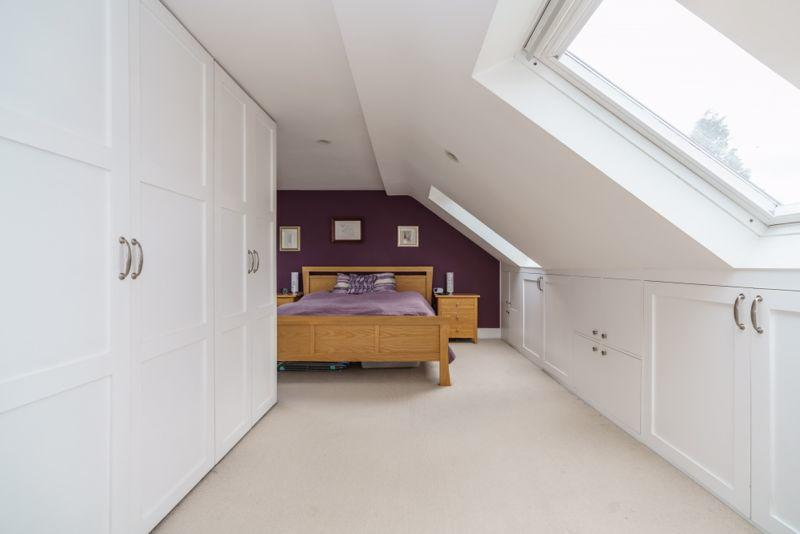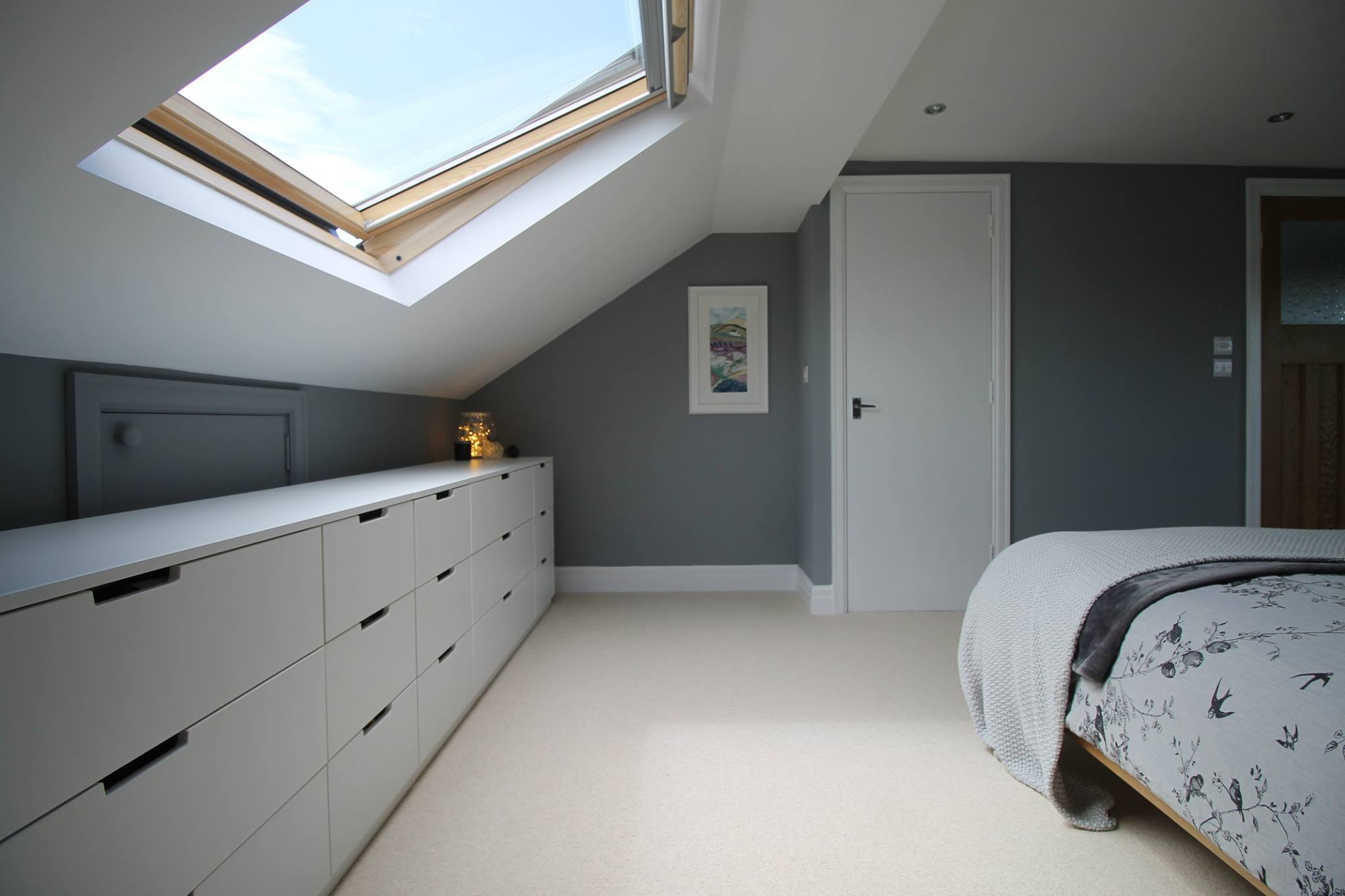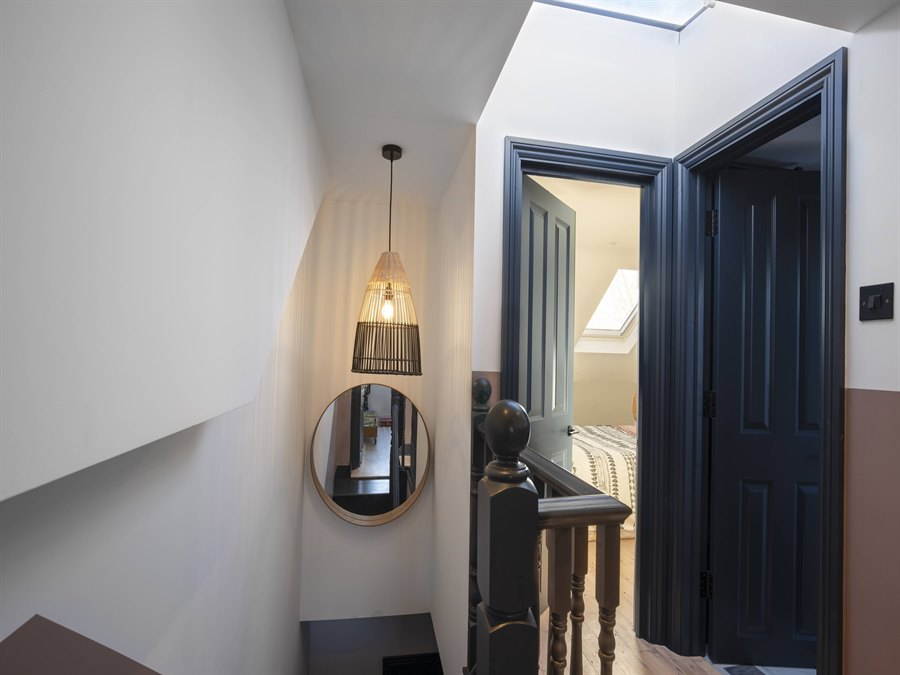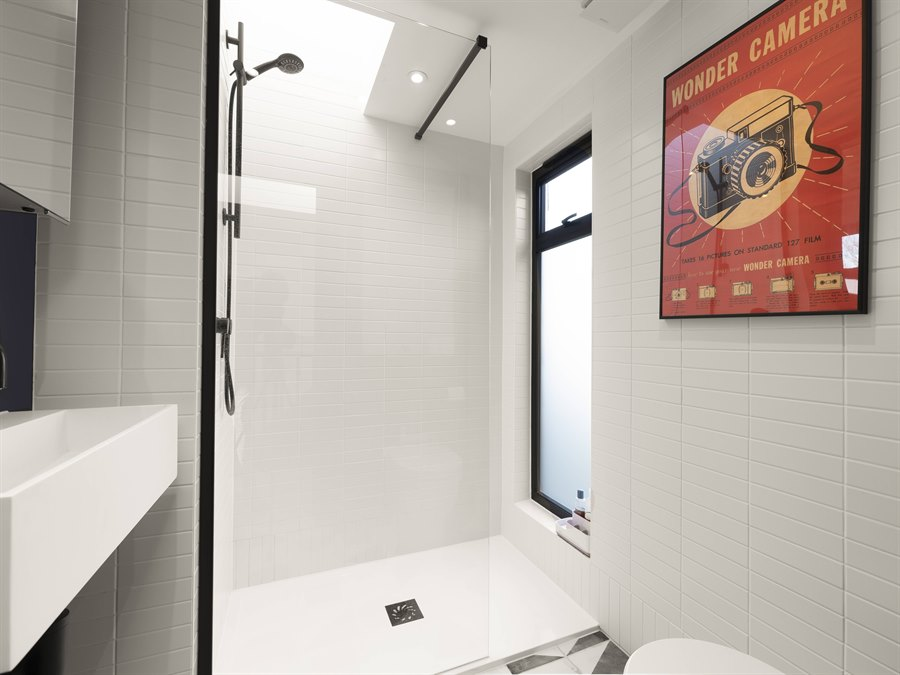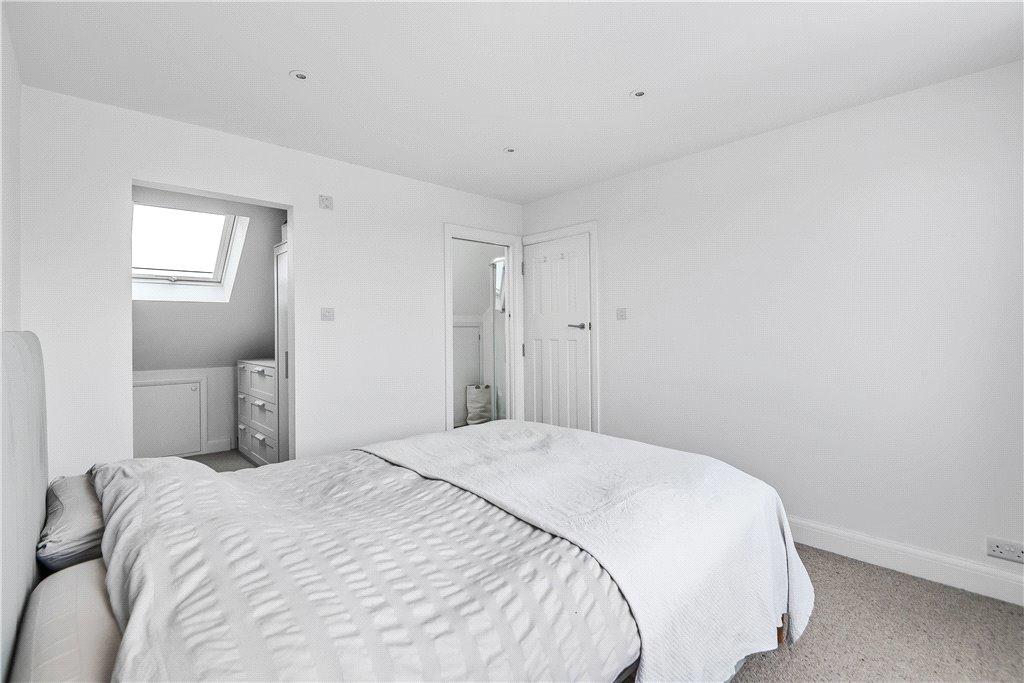Mansard Loft Conversion Barnet
Unlike the dormer loft conversions, a Mansard loft conversion necessitates more dramatic alterations to the property. There are two roof slopes; the top slope is almost horizontal, while the lower slope is close to vertical at 72°. Mansard loft conversions are commonly built by raising the gable wall or the party wall on both sides of the house. This will create a profile for your mansard, allowing a timber frame to be constructed. The Mansard loft conversion was discovered by the famed French architect François Mansart, who designed houses in the 17th Century. Mansard-designed homes featured airy and lofted extended roof areas.
At Loft Conversion Barnet, we understand that Mansard loft conversions are more complex than other types of loft conversions. However, it offers a considerable amount of living space to homes. With this type of loft conversion, the additional space typically extends over the roof area. With a Mansard Loft Conversion, you will have adequate space to create a spare bathroom, bedroom, leisure area, or home office. This will significantly boost the value of your home. This type of loft conversion is suitable for terraced, detached, or semi-detached properties. Modern building techniques have made adding an extra level to a property with a Mansard loft conversion, named after the famed 17th-century architect François Mansart, more popular than ever. This form of property modification provides additional room to the top of the house, but it can be time-consuming.
